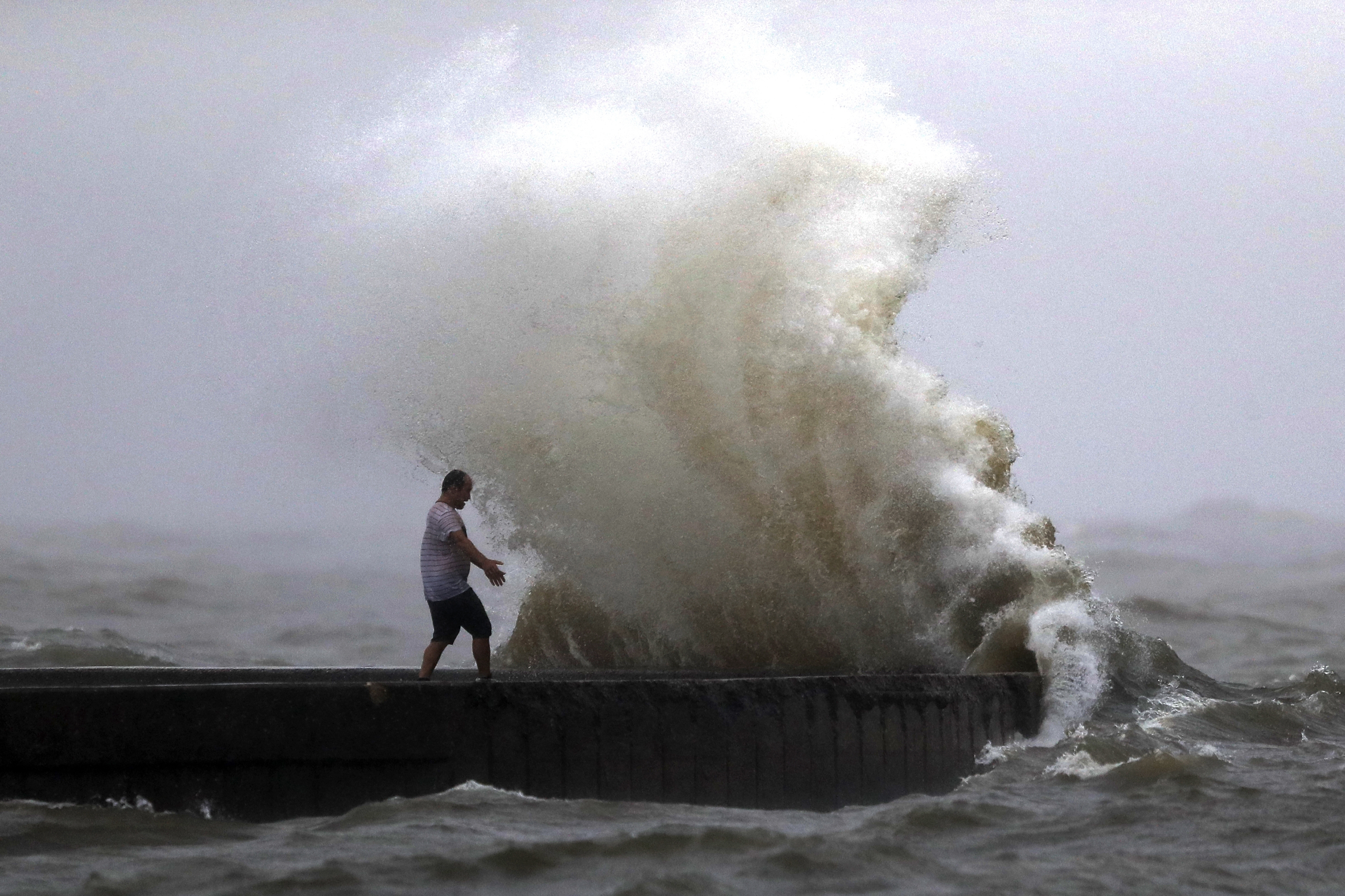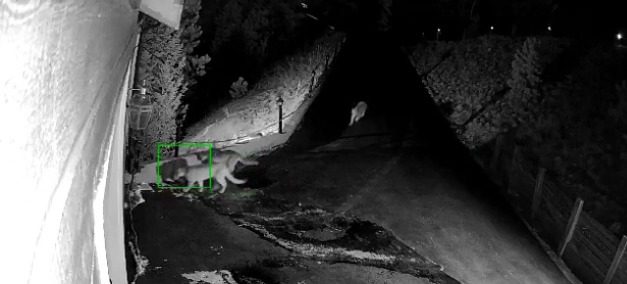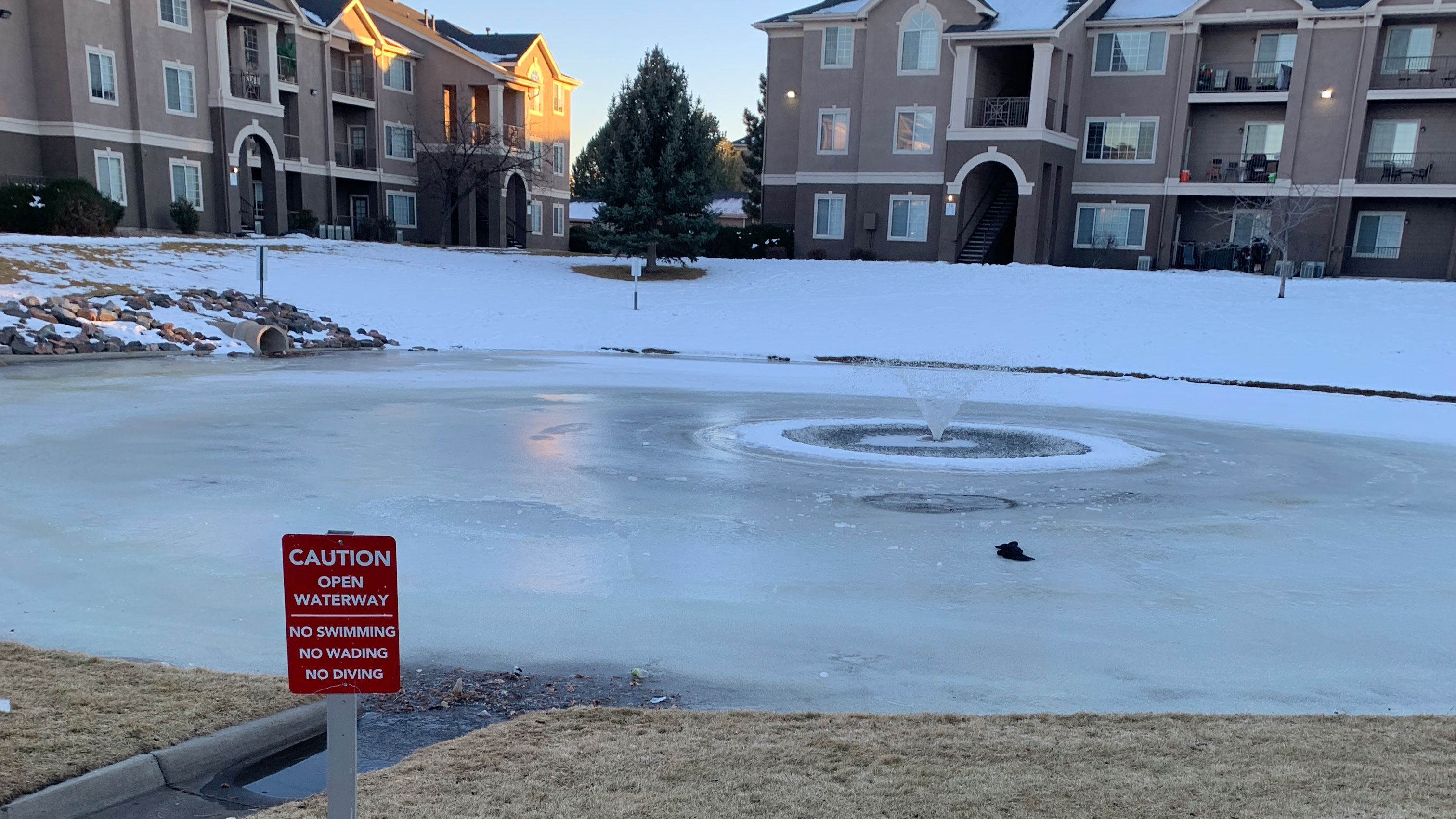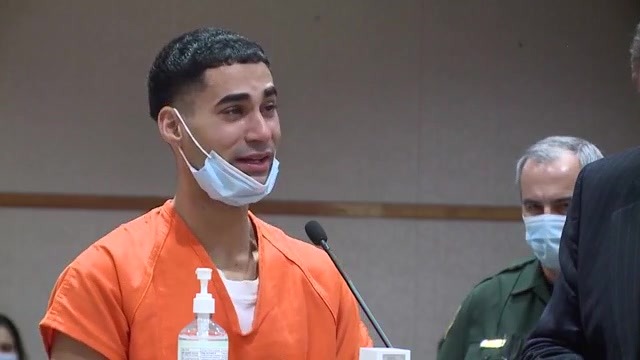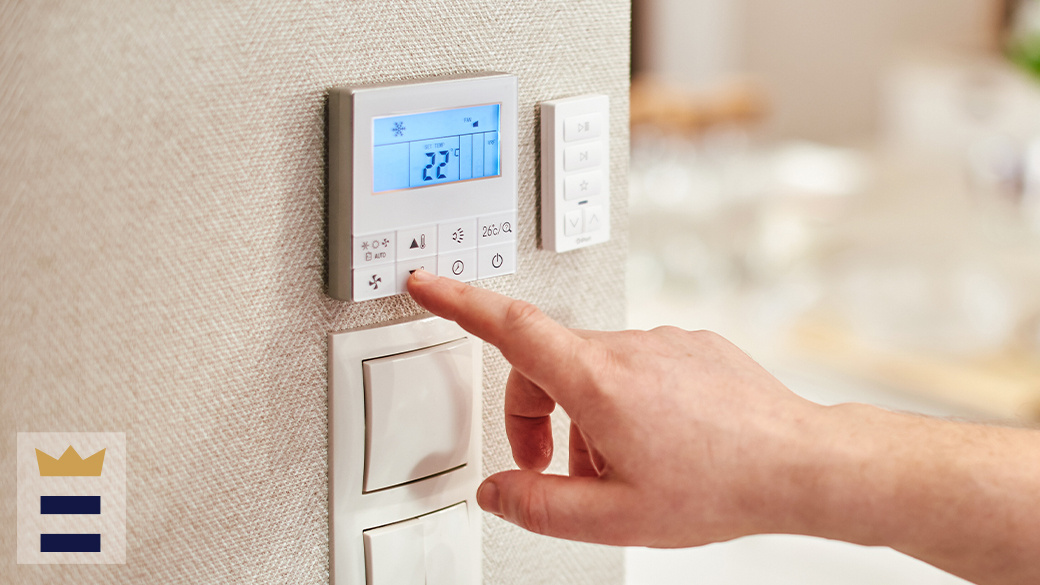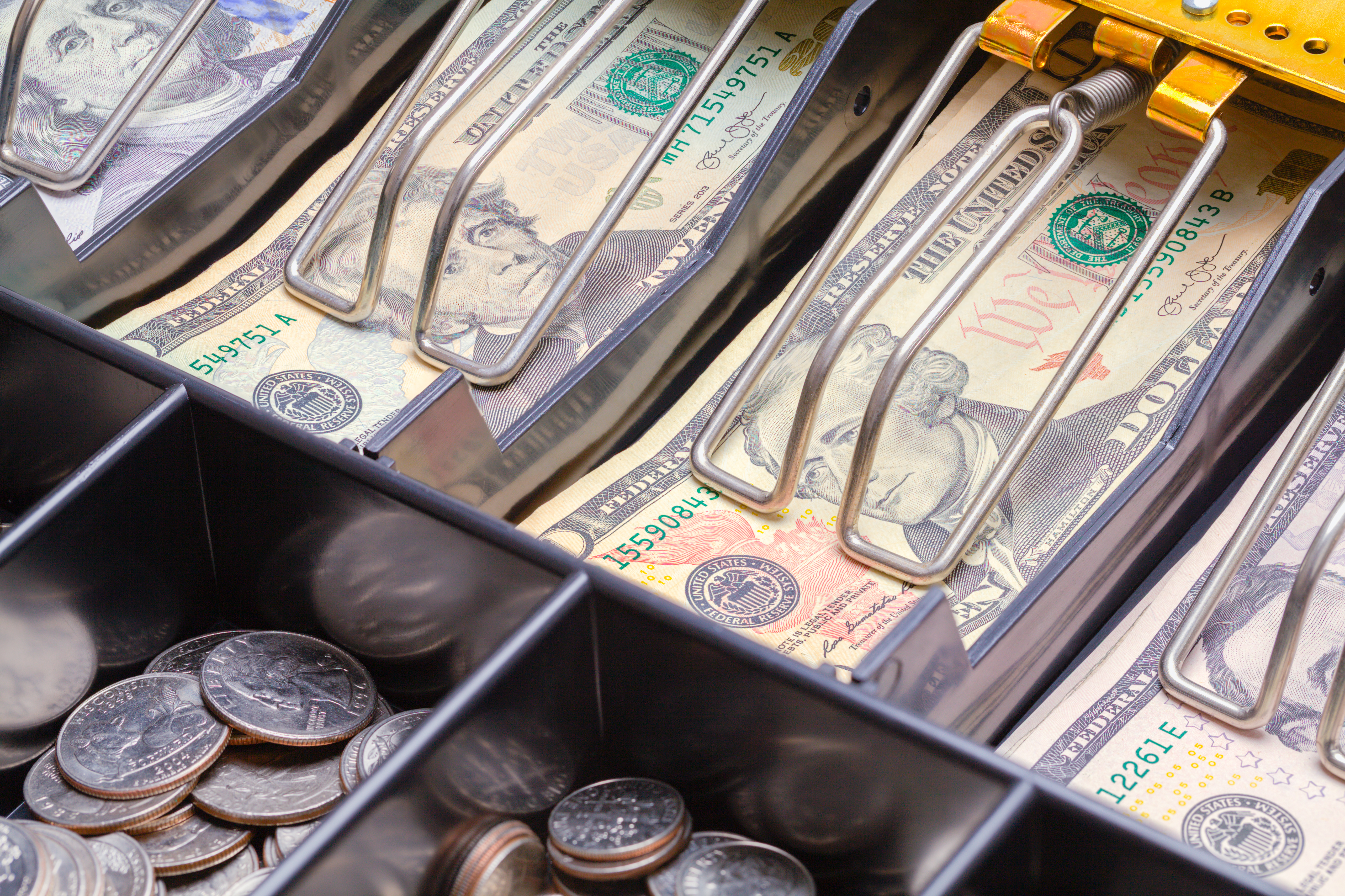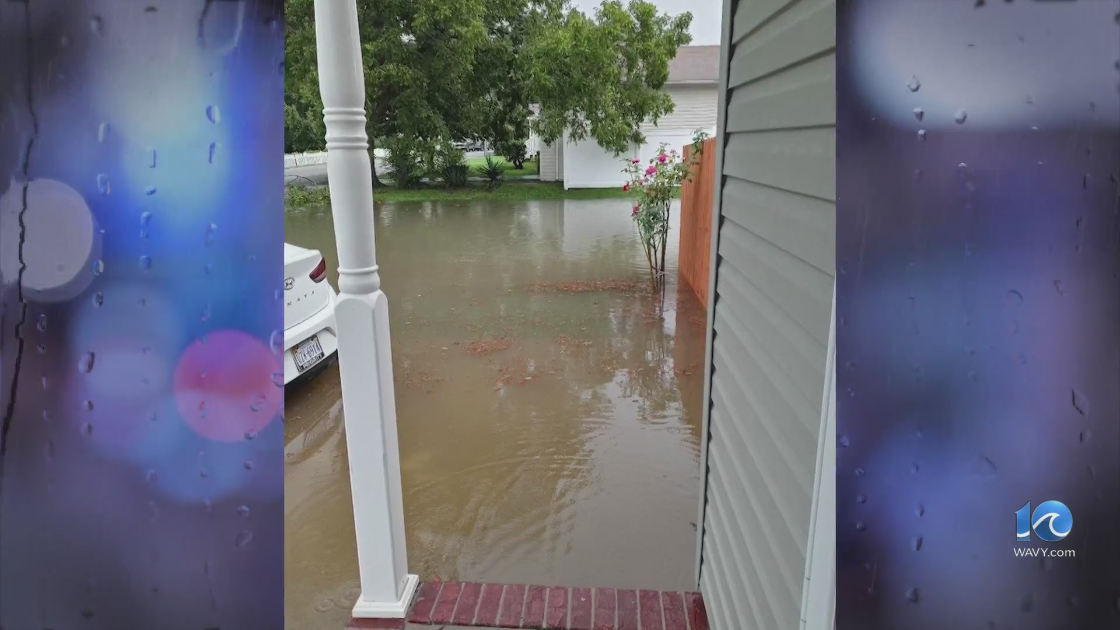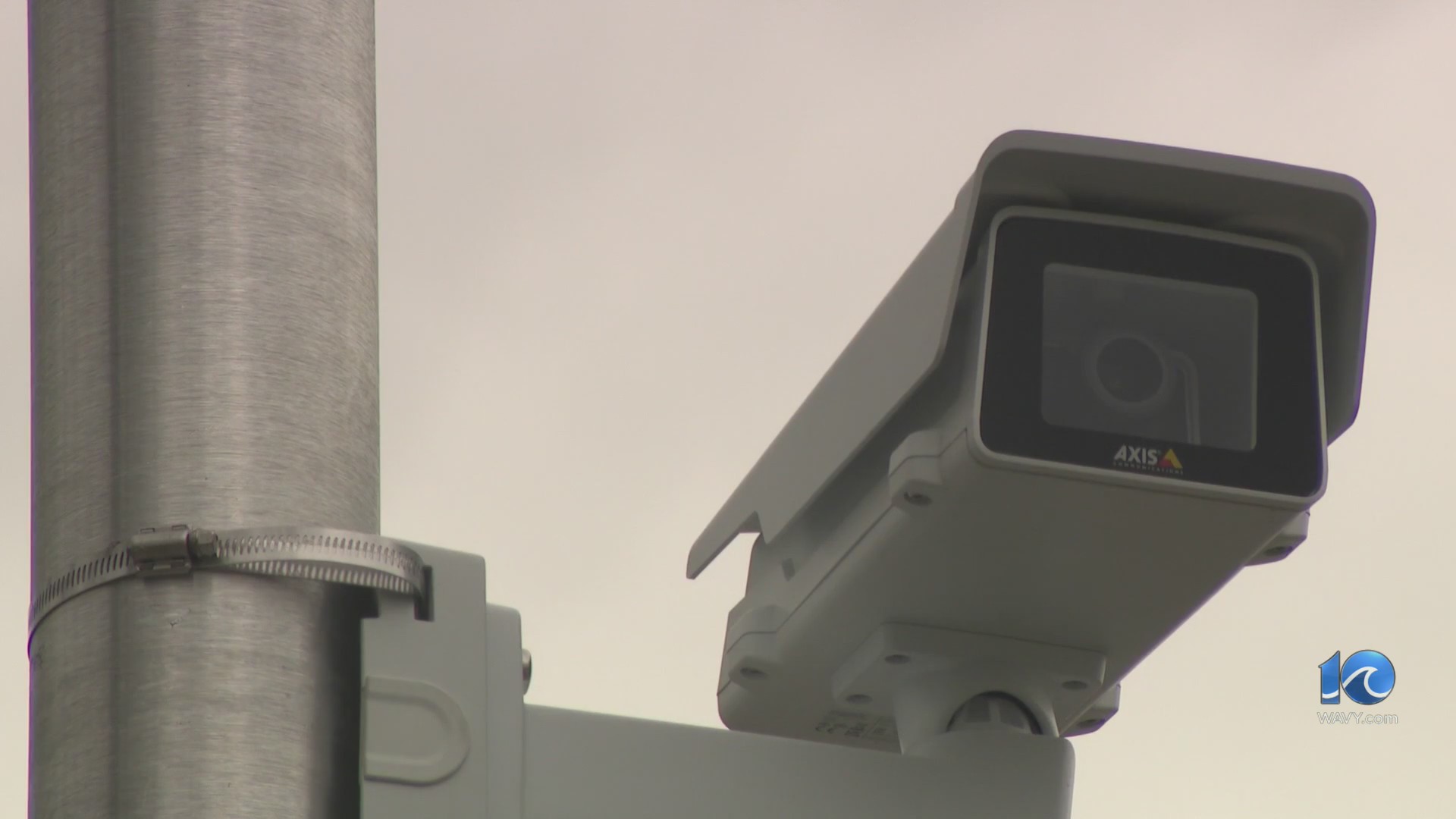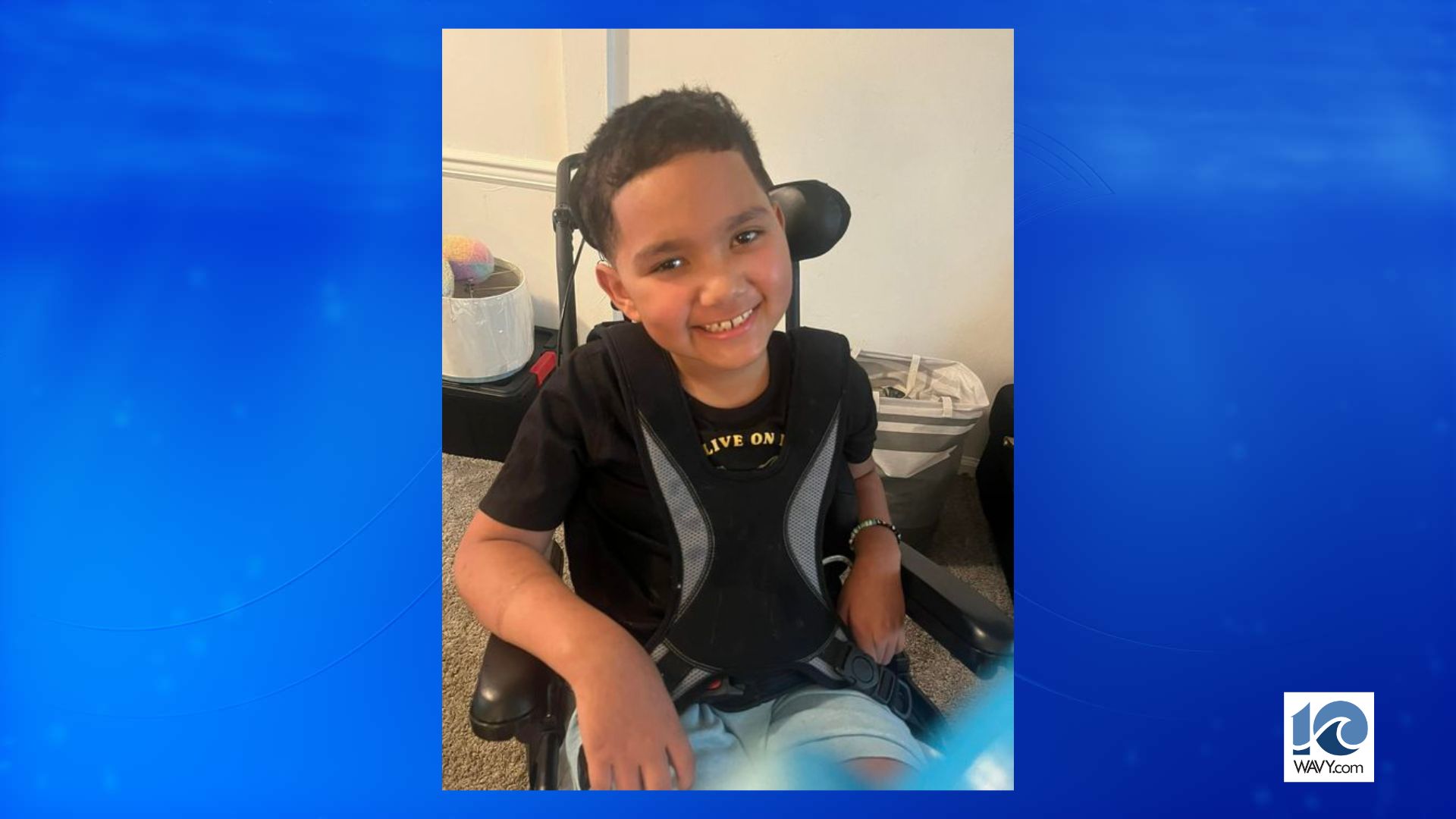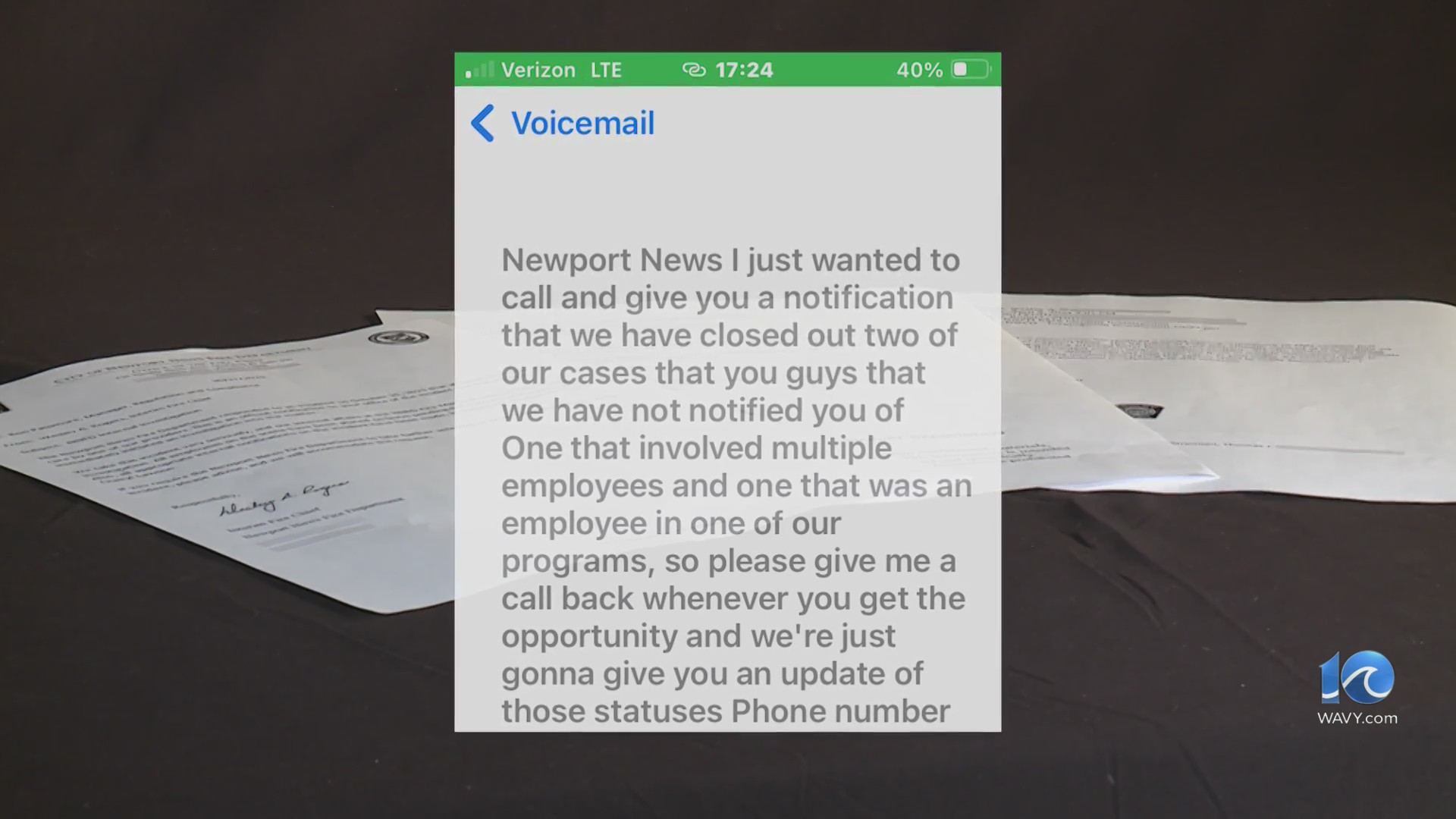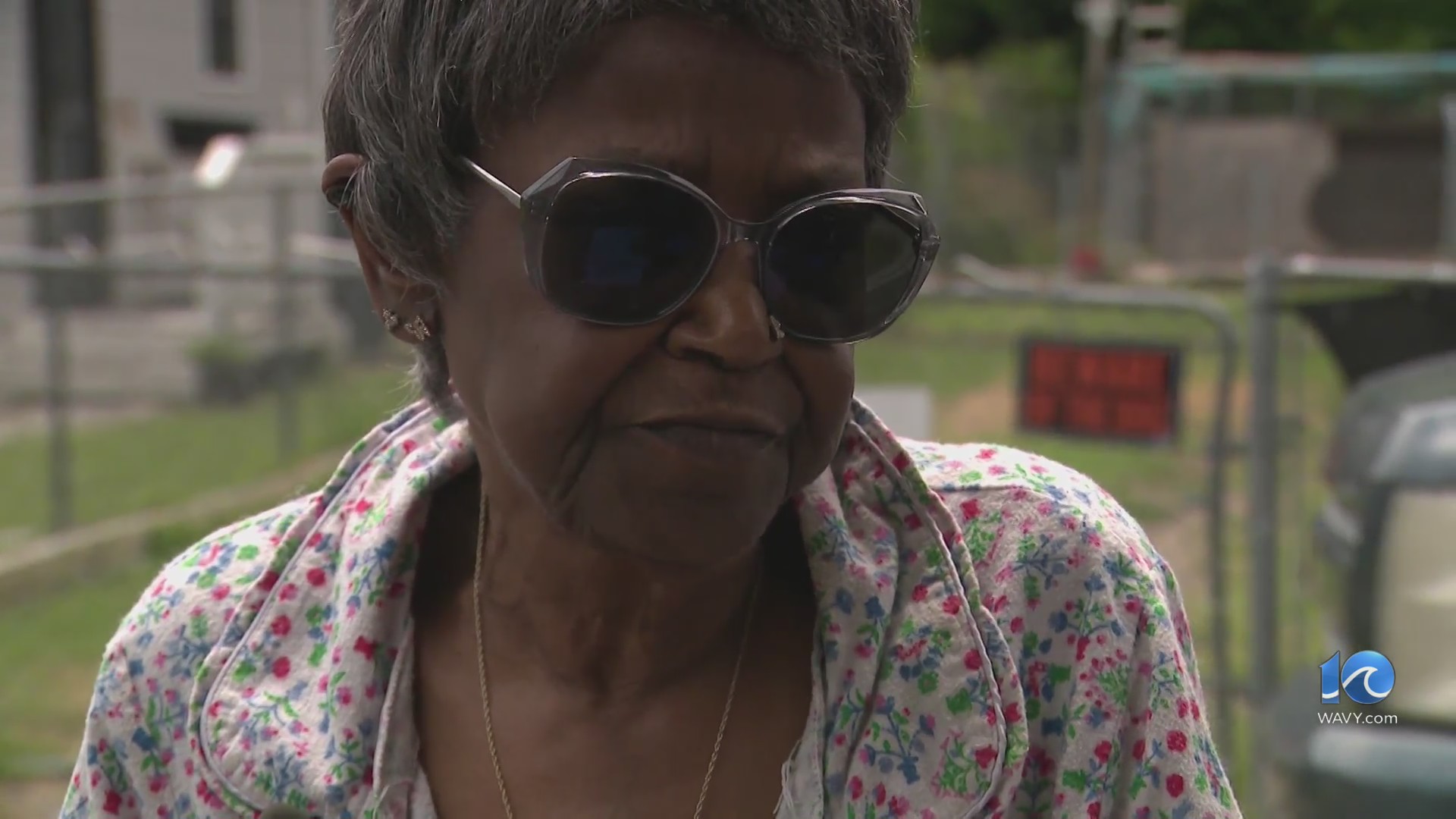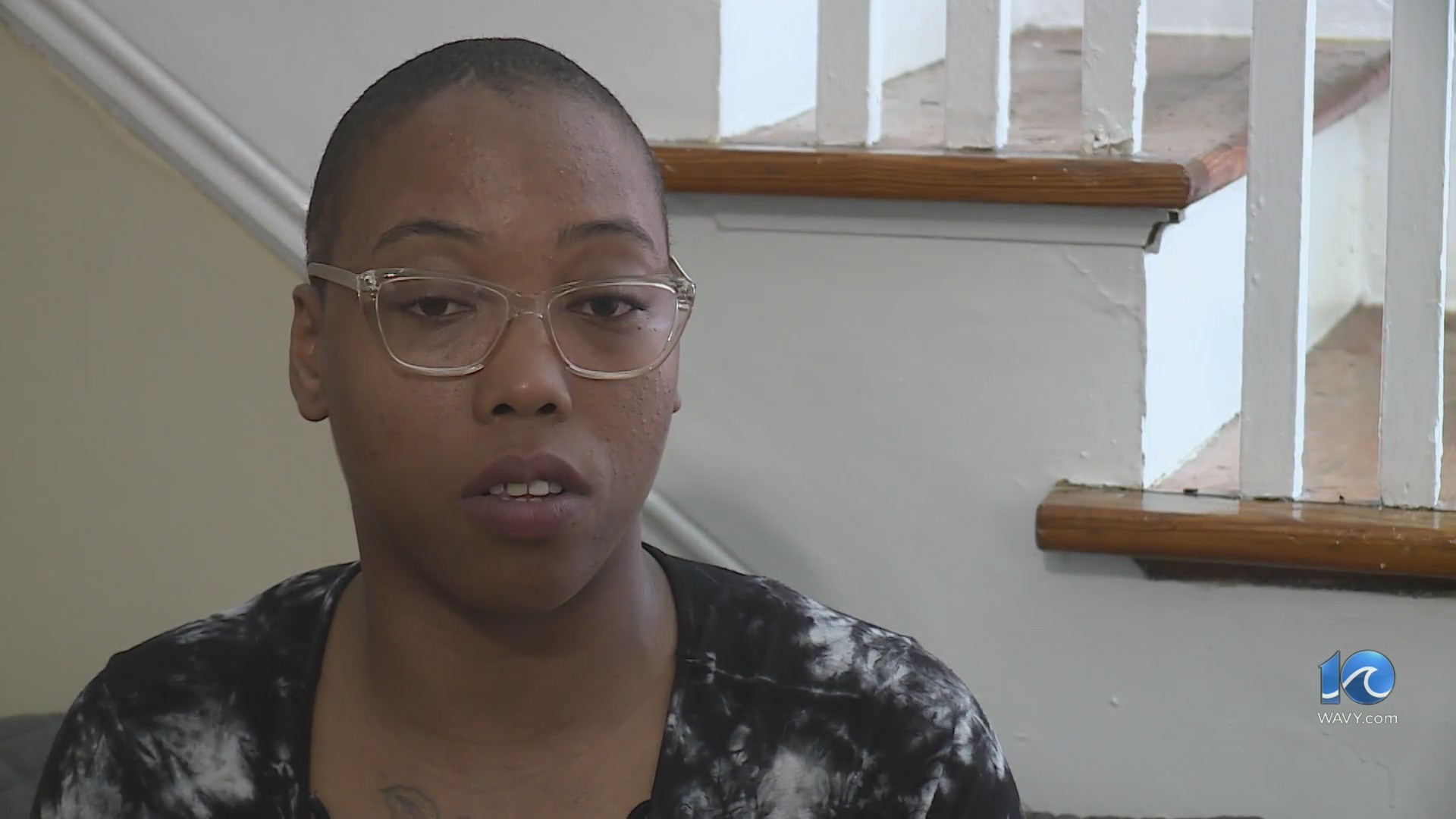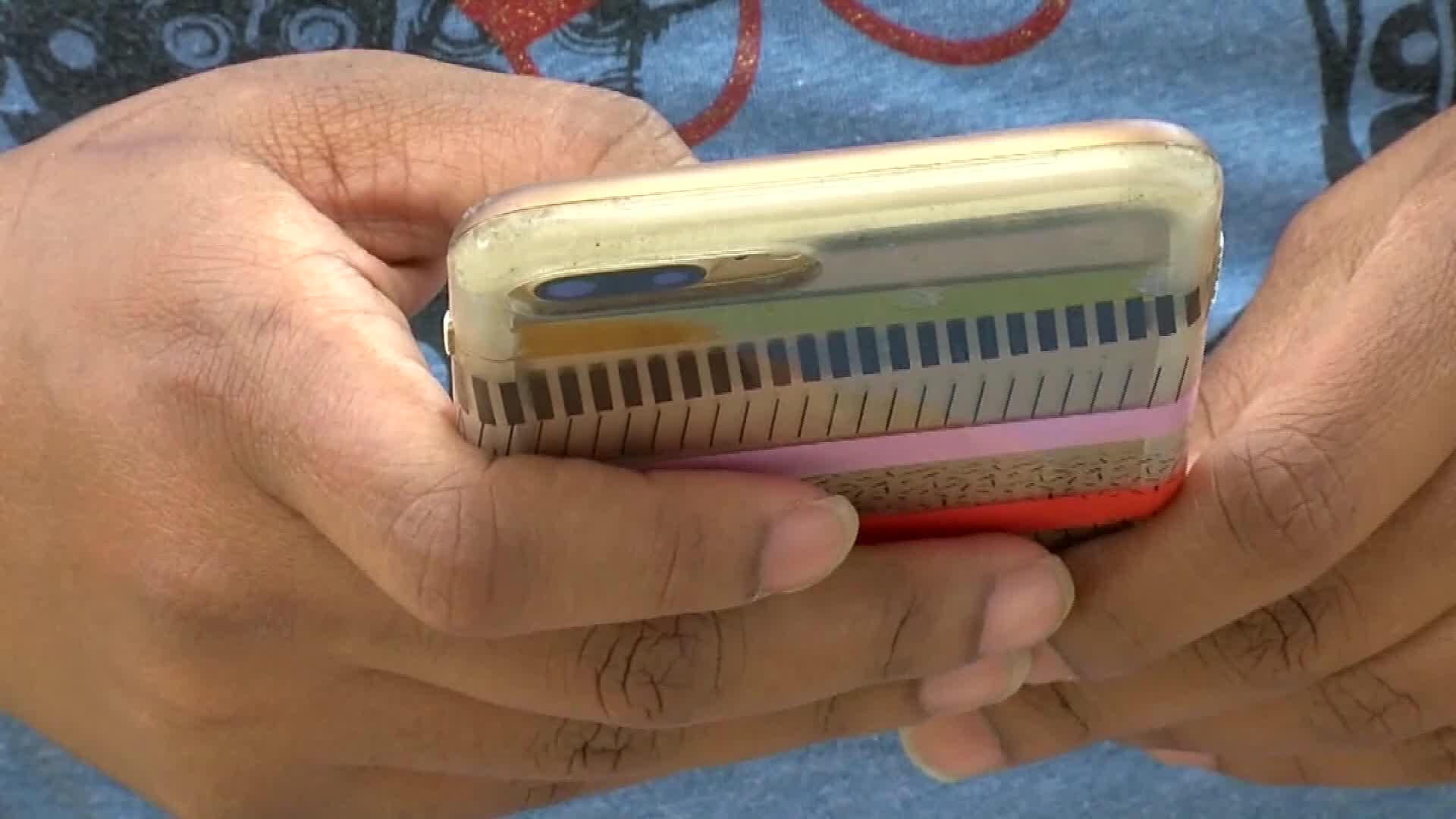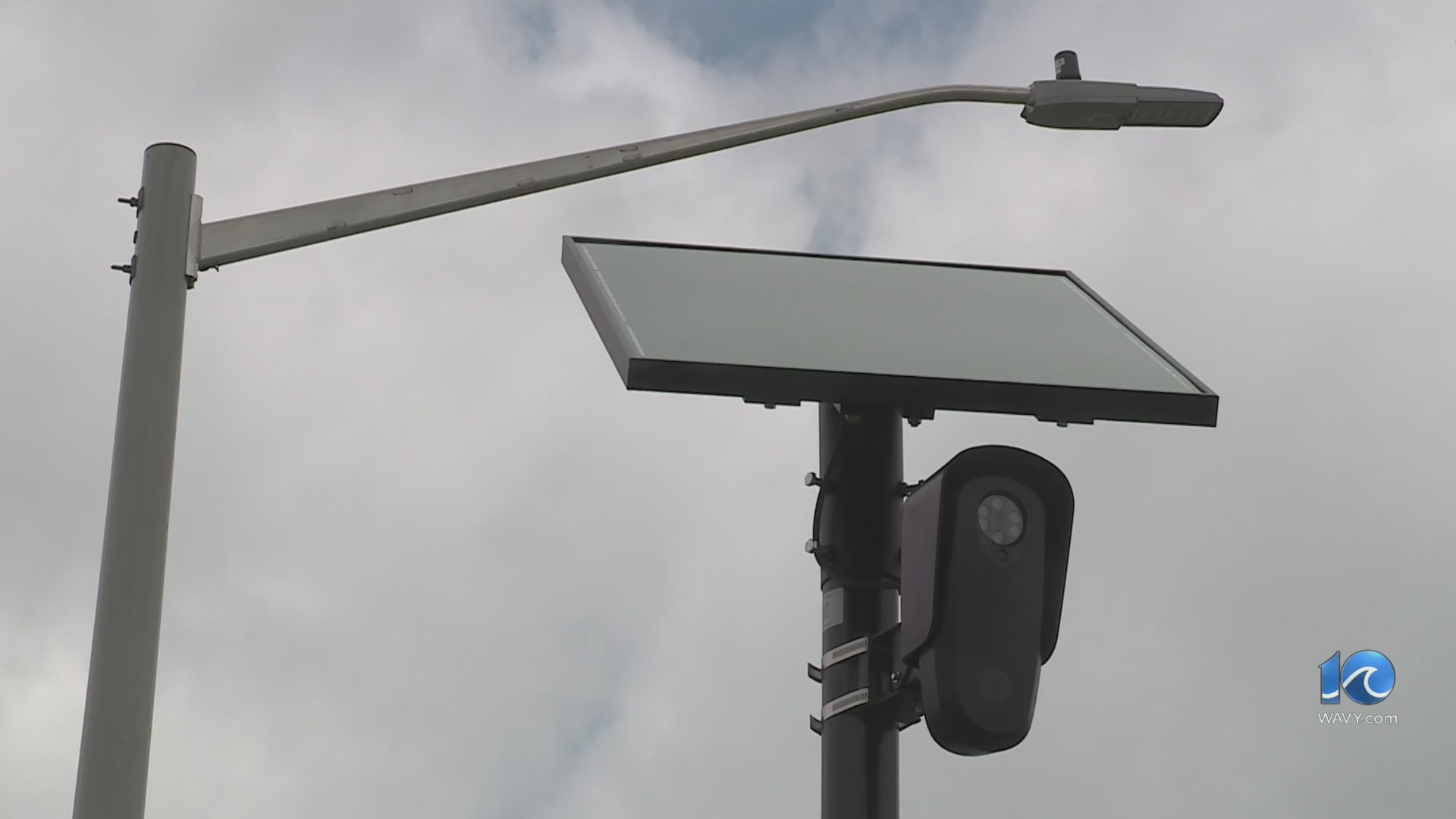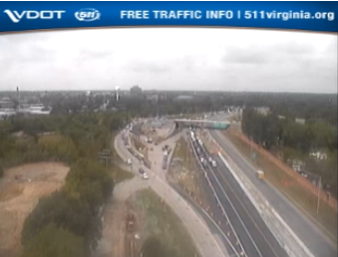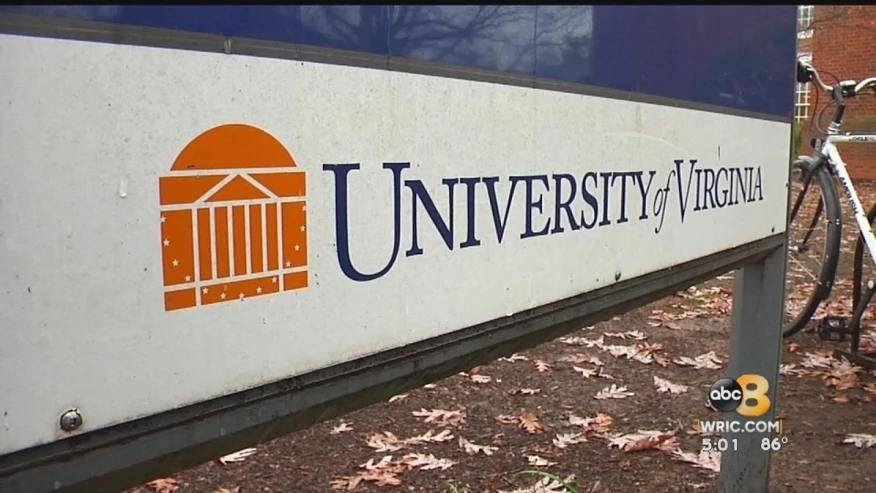The Internal Revenue Service started sending out stimulus payments this week — but while 80 million people can expect the money to hit their bank accounts by Wednesday, others will be waiting longer before the cash is in their hands.
On Wednesday the IRS launched the Get My Payment tool which will allow taxpayers to track their stimulus payments. You will need to enter your Social Security number, date of birth and mailing address in order to track your payment, the Treasury Department said.
The tool will provide the following information:
— Payment status
— Payment type
— Whether the IRS needs more information, including bank account information
If you provide your information, you should receive a status message like this example:

If you did not use file a tax return in 2018 or 2019, there is a separate tool for non-filers to submit basic personal information to receive stimulus payments.
If you filed 2018 or 2019 tax returns with your direct deposition information on file, or if you are a Social Security recipient, you don’t need to take any further action as you will automatically receive your check in your bank account in the coming days.
The IRS says, however, once your check is scheduled for delivery, you are prohibited from updating your bank account information.
Taxpayers are also not allowed to change bank account information that is already on file with the IRS in an effort to help protect against potential fraud.
It’s important to note that the IRS does not email, text, or use social media to request your personal or financial information.
Anyone earning up to $75,000 in adjusted gross income and who has a Social Security number will receive a $1,200 payment.
That means married couples filing joint returns will receive the full payment — $2,400 — if their adjusted gross income, which what you report on your taxes, is under $150,000.
The payment steadily declines for those who make more.
Those earning more than $99,000, or $198,000 for joint filers, are not eligible.
For heads of household with one child, the benefit starts to decline at $112,500 and falls to zero at $146,500.
Parents will also receive $500 for each qualifying child.
